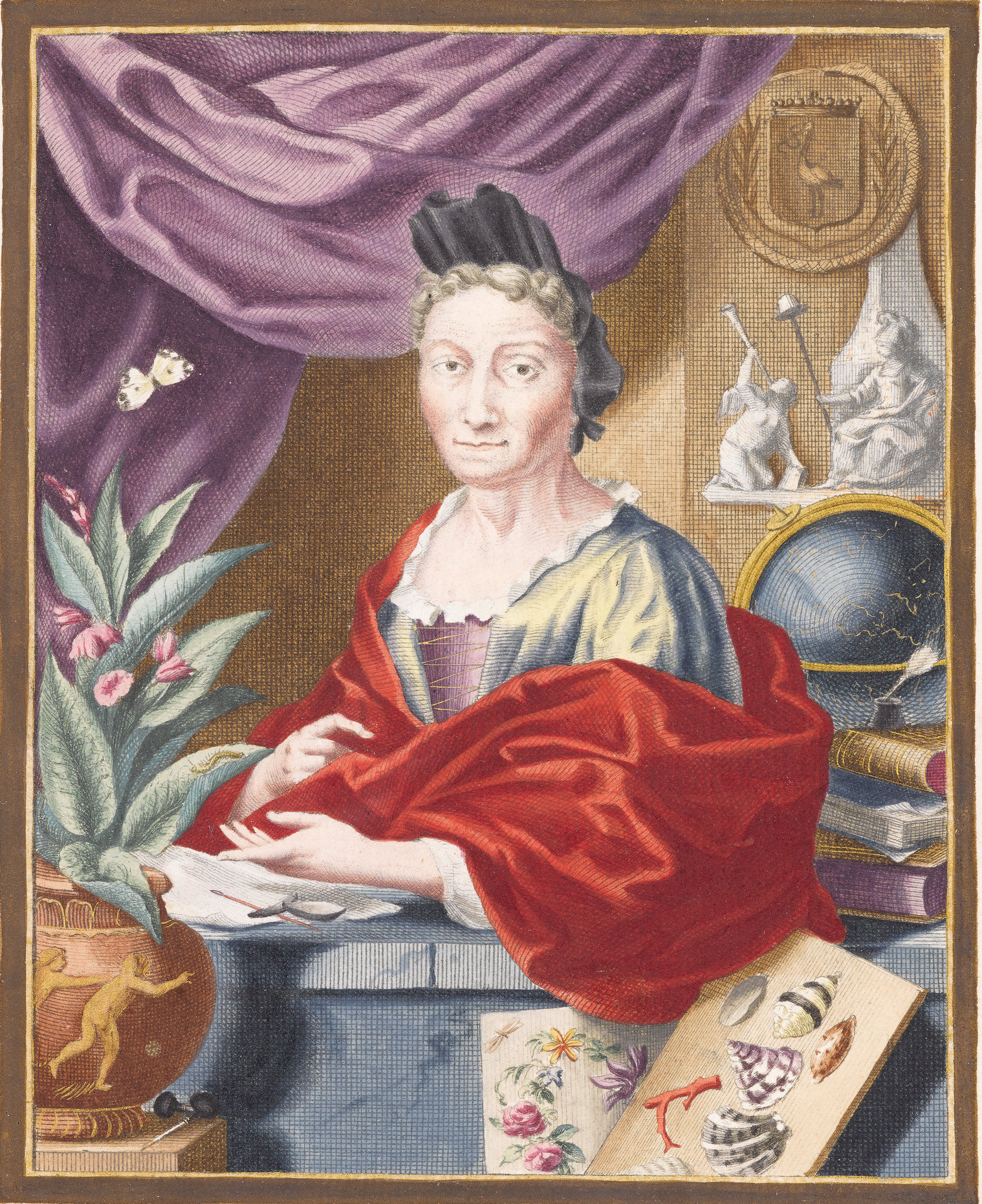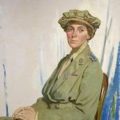Maria Sibylla Merian
Milkweed for the Monarchs
Today is the anniversary of the death of the naturalist and botanical illustrator Maria Sibylla Merian.
She was born on April 2, 1647. As a frame of reference, Isaac Newton was only a few years older than her. Unlike Newton, Merian’s work was largely forgotten over time. However, during the past century, her work has made its way to us.
In 2011, Janet Dailey, a retired teacher, and artist from Springfield, Illinois, became so captivated by Merian’s life story that she started a Kickstarter campaign to follow Merian’s footsteps to the mecca of her best work - Surinam, in South America. And, in 2013, Merian's birthday was commemorated with a "Google Doodle.”
Merian would have delighted in our modern-day effort to plant milkweed for the Monarchs. The concept that insects and plants are inextricably bound together was not lost on Merian. In her work, she carefully noted which caterpillars were specialists - the ones that ate only one kind of plant. (You can relate to that concept if your kid only wants to eat Mac and cheese; Hey - they aren't picky - they're specialists.)
For centuries, drawings like Merian's were a holy grail for plant identification. One look at Merian’s work, and Linneaus immediately knew it was brilliant. Merian helped classify nearly 100 different species long after she was gone from the earth. To this day, entomologists acknowledge that the accuracy in her art is so good they can identify many of her butterflies and moths right down to the species level!
Between 1716 and 1717, during the last year of her life, Merian was visited multiple times by her friend, artist Georg Gsell - and his friend Peter the Great. Oh, to be a fly on the wall for THAT meetup.
Gsell ended up marrying Merian’s youngest daughter, Dorothea Maria, and Peter the Great ended up with 256 Merian paintings. In fact, Peter the Great so loved Merian's paintings, that when she died shortly after his last visit, he quickly sent an agent to buy up every one of her remaining watercolors. The agent was on the case. He bought her entire collection and then promptly brought all of them back to St. Petersburg where they remain to this day.
This post was featured onThe Daily Gardener podcast:
helping gardeners find their roots,
one story at a time






